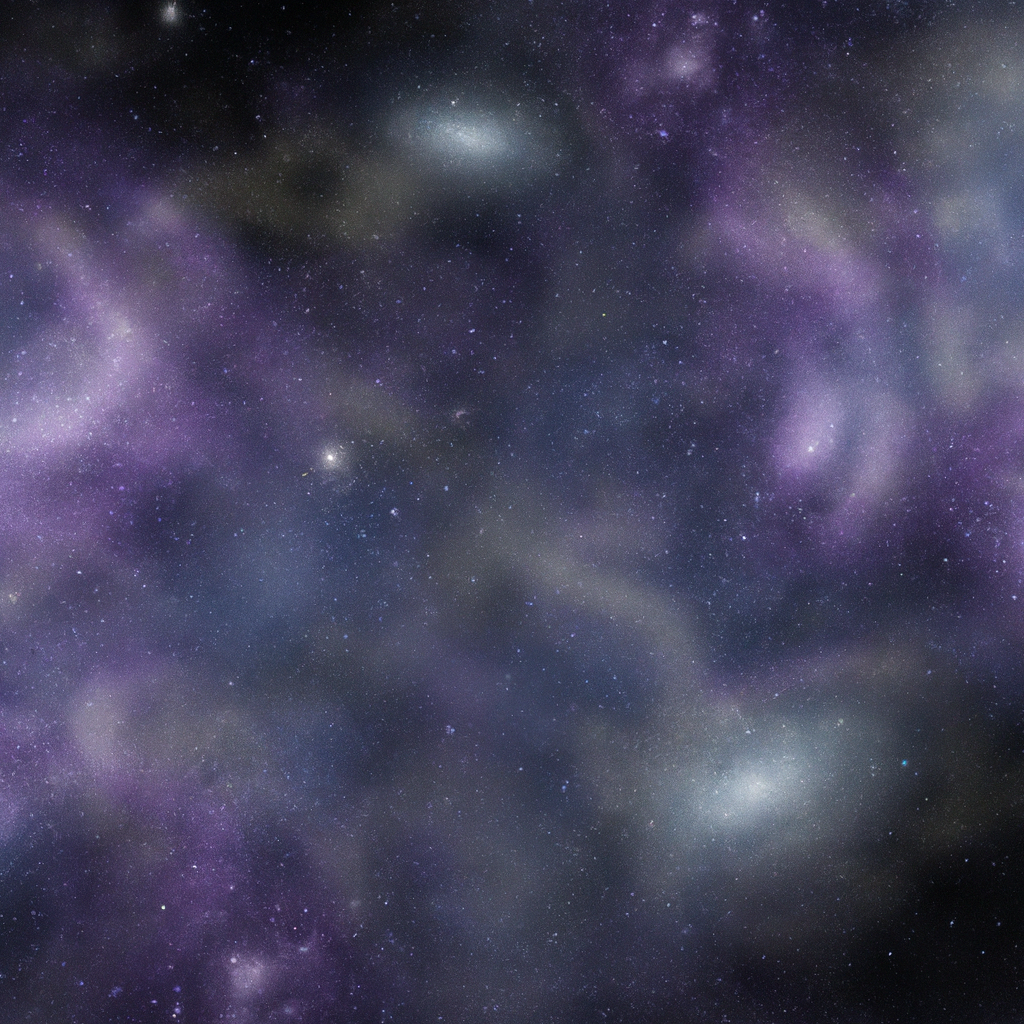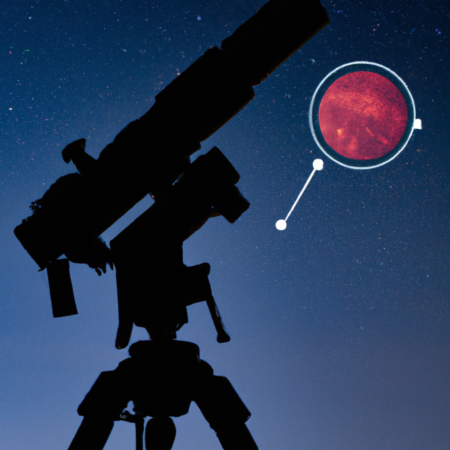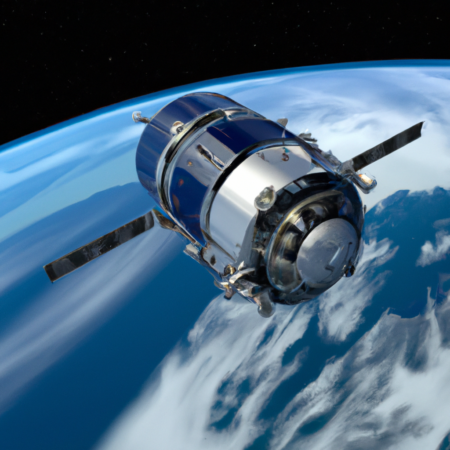Unlocking the Mysteries of Dark Matter in 2025: New Insights from Space Explorations
As we progress further into the second quarter of 2025, the field of astrophysics continues to unveil new facets of one of the universe’s most elusive components: dark matter. Recent space missions and advanced astrophysical research have provided groundbreaking insights into this mysterious substance, revolutionizing our understanding and prompting a reevaluation of cosmic phenomena.
The Role of International Space Missions
The joint efforts of global space agencies have culminated in the deployment of specialized telescopes and detectors designed to capture dark matter particles. The sensitivity of these instruments has reached unprecedented levels, allowing scientists to detect subtle anomalies and fluctuations in cosmic radiation that hint at dark matter interactions.
Advancements in Theoretical Models
Parallel to empirical investigations, theoretical physicists have refined models that describe dark matter’s behavior and interaction with other cosmic entities. These models are crucial for interpreting data from space missions and for predicting future cosmic events influenced by dark matter.
Implications for Cosmology and Particle Physics
The new findings hold profound implications for cosmology, potentially altering our understanding of the universe’s structure and evolution. Moreover, these insights also intersect with particle physics, suggesting possibilities for undiscovered particles and forces.
Looking Ahead
As 2025 unfolds, the scientific community remains vigilant, with several upcoming missions aimed at further exploring dark matter. The integration of AI and machine learning in analyzing astronomical data promises to accelerate discoveries, bringing us closer to unlocking the cosmos’s darkest secrets.






